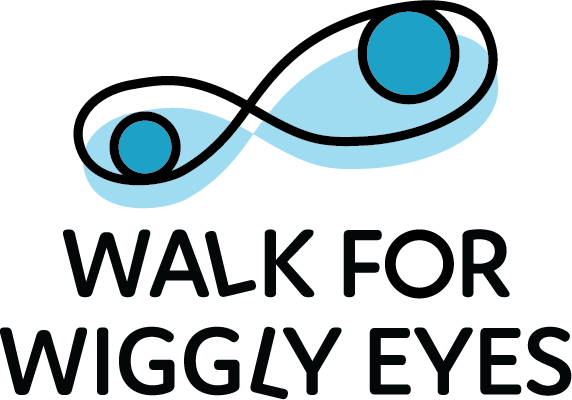What is Walk for Wiggle Eyes?
Walk for Wiggly Eyes is a fundraiser, founded by me, Mikey Sheen, all in an effort to raise awareness and donations for nystagmus and other eye conditions. This is done by taking on enduring adventures and physical challenges that push me to the limits. All whilst taking in glorious and stunning scenery around this beautiful world of ours, and sharing these experiences with you.
After walking the full length of New Zealand, two and half years ago, along the 3,000km Te Araroa, and riding a bicycle around the state of Tasmania, then earlier this year riding a bicycle along Australian’s longest rail trails, the Brisbane Valley Rail Trail and the South Burnett Rail Trail, covering a distance of over 310km in just TWO DAYS, 2024 will see me take on my next big challenge and adventure as I walk the full Croatian Long Distance Trail (CLDT) because together we can help find a cure for Nystagmus.
Currently aiming to commence my next adventure in May 2024, I will be walking the national scenic long distance hiking trail that connects the easternmost, northernmost, westernmost and southernmost points of Croatia. Covering a distance of over 2,200km (1,400 miles) in under 90 days. I will be keeping you updated along the way as I journey my way across Croatia’s picturesque mountain trails, forest paths, coastal walks, and everything in between.
Keeping you updated on the adventure:
Prior to the journey, and along the way, I will be keeping you updated via this website, Instagram, Facebook, and YouTube.
At present there is no cure for the condition.
So please don’t forget to spread the word, and please if you could donate as much or as little as you can to Gift of Sight or Nystagmus Network, ideally, donate to both charities by donating half of your desired amount to each charity. As both charities are doing fantastic work, with exciting projects on the horizon, your donations will go to great use and research, and will be greatly appreciated.
Thank you!

